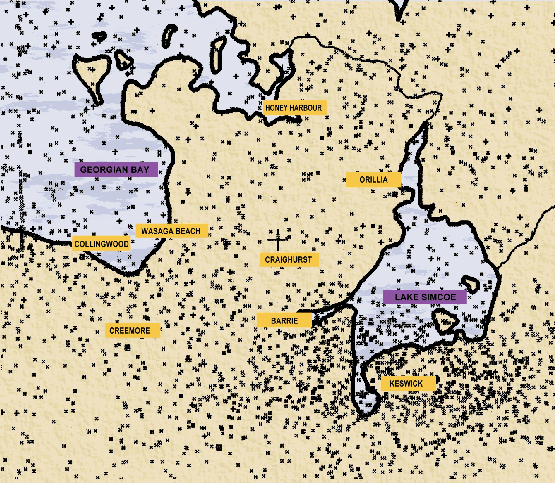Services
As a full-service Lightning Protection System company, Dominion Lightning Rod Co. brings our broad experience to each element of a project.

Risk Assessment
Dominion Lightning Rod Co. Ltd. is qualified to provide a formal Lightning Damage Risk Assessment based on industry standards as outlined in the CSA B72-20 and NFPA 780. These technical Risk Assessments have been developed and refined to provide a mathematically-based evaluation and recommendation based on project-specific conditions.
The following factors are evaluated:
- Occupant Safety: liability for the safety of occupants
- Nature of building/structure and contents: susceptibility of the building, historical value, replacement value, contents (value, environmental impact, flammability, etc.)
- Relative Exposure to Lightning: topographical elements and surrounding building density
- Lightning flash density: frequency and intensity of lightning storms in the area
- Indirect Losses: consequences of loss such as business interruption or disruption of services provided by the structure.
The assessment quantifies two factors: the lightning threat evaluation and the tolerable lightning frequency. The lightning threat evaluation determines the average lightning strike frequency for the structure using:
- Lightning ground flash density for the specific project location using environmental data
- Equivalent collection area of the structure using the length, width, and height of the structure and can account for a structure with a complex footprint
- The location of the structure including topography and other structures within the collection area
The tolerable lightning frequency determines the risk tolerance for the structure using:
- A construction coefficient taking into account the structure’s framework and components
- A contents coefficient taking into account the value and combustibility of the contents
- An occupancy coefficient taking into account the normal occupancy of the structure during peak lightning hours
- A lightning consequence coefficient taking into account the requirement for continuity of service requirement and environmental impacts of a strike
Once the assessment is complete, a formal report is provided.
Risk Assessments assist architects and engineers in the early stages of projects in mitigating the dangers posed by lightning.
- Design of LPS Systems
- Risk Assessment
- Design-Build
- Commercial / Industrial Installation
- Residential / Agricultural / Cottage Installation
- Telecommunications Installation
- Maintenance, Modification, Upgrades & Repairs
- Inspection / Testing / Certification
- LPS Re-establishment for Re-Roofing
- Supply and Manufacture
- Grounding and Bonding
- Exothermic Welding (Cadwelding)
- Codes and Standards
- Education

